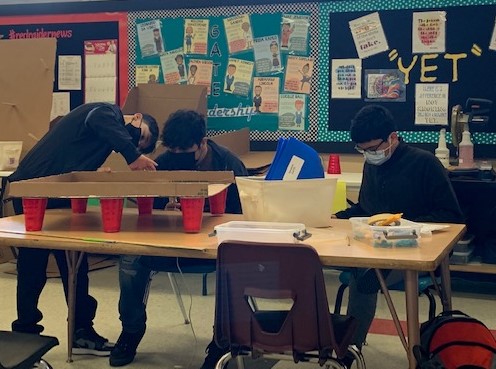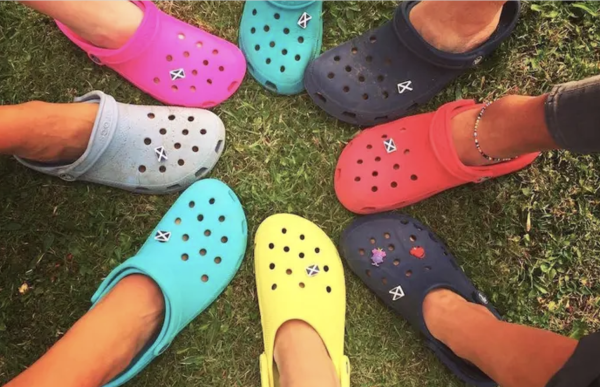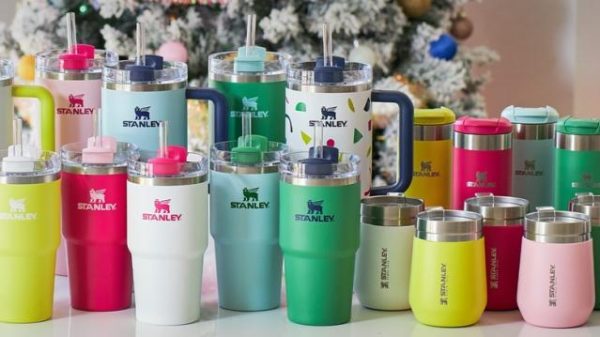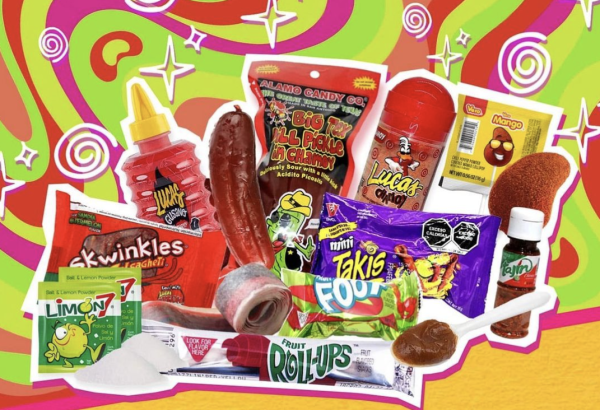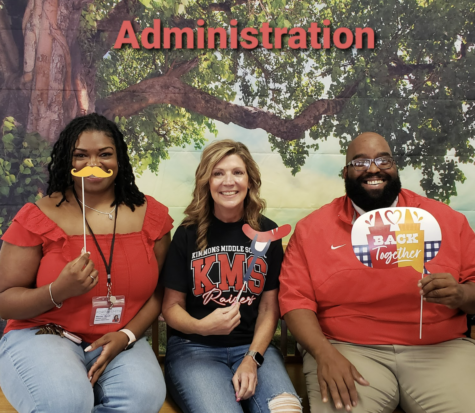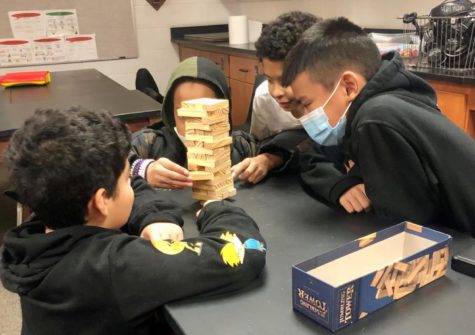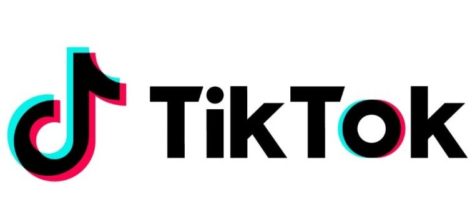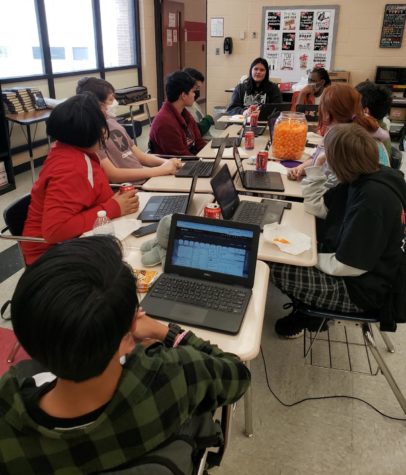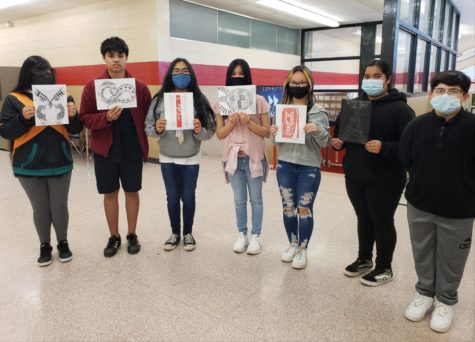GATE Students Problem Solve, Create Team Projects
Imagine various conversations happening at the same time, the sound of pencils on paper, clay hitting the table, and students eagerly building something with the hopes of having a finished working product. This is what it is like to be in Gifted and Talented Education (GATE).
The first team project required critical thinking and problem solving skills to create a new object out of random old items selected from a box. Students had access to paint, markers, poster board, and technology.
“We made a little commercial on an iPad,” Haylei Alford, 6th, said.
The next big project was the 3-D Clue game – a spin-off of the traditional board game, but customized to fit Kimmons. Students selected crime-scene locations such as the gym or Science lab and teachers who could be suspects, such as Dr. Johnson, Ms. Mullin, and Ms. Turney. The game creators also planned weapons that fit each room, like a pencil for a classroom or a stapler for the front office.
Amber Villanueva, 8th, liked how the 3-D Kimmons Clue game helped her become more social with classmates and eliminated the awkwardness among them.
“The biggest challenge was the deadline,” Amber said. “Also, we made mistakes along the way, which really set us back and made us work more than anticipated.”
Clue involved hands-on work, design, and problem solving with classmates.
“I got to work with clay, draw out blueprints, and work with my team,” Laura Diaz, 6th, said, “One problem was we forgot to build a tenth room.”
Other than deadlines, a big challenge in creating the 3-D Clue game was making the clay decorations and cutting the walls with doors.
“The clay decorations were so time consuming, and the doors were hard to cut out with scissors,” Havyn Chanthavong, 6th, said.
Precision was essential while making the game.
“Measurements were hard to do perfectly, and my team argued,” Damian Rivas, 7th, said.
Keeping the walls together was an obstacle for some teams.
“They would never stick,” Davy Arce, 6th, said.
Apart from the 3-D Kimmons Clue game, GATE students also built arcade games out of cardboard, marbles, and hot glue. The game had to be functional and built within the budget. Some tools had a daily rental price.
“We made a pool table that actually worked somewhat well, and it was fun to work on,” Ronaldo Gonzales, 8th, said. “The biggest challenge was budget and time constraints because some materials were expensive, and some tools had to be brought daily. We spent too much time on one part, so we couldn’t work on other parts until later.”
Jason Monterroza, a member of Ronaldo’s team, helped in making the pool table.
“We had to make a system that allowed the pool balls to go back to a bowl that we would then put it back,” Jason said.
Zoey Howard, 7th, had fun creating a vending machine.
“The steps in creating the complicated and immersive game gave us a challenging time,” Zoey said.
Jalie Hernandez, 7th, liked that the arcade game project did not have many rules.
“We really got a chance to be creative,” Jalie said. “The biggest challenge was including everyone’s thoughts and ideas.”
Jessica Ware, 8th, liked getting to use her creativity and knowing people better.
“A challenge was nothing would cut straight or turn out the size it was supposed to be,” Jessica said.
Angel Vahsouphet, 6th, improved his art skills and liked seeing what the other groups created.
“Gluing the slingshot down was difficult because some areas were too small for my hands, and the slingshot kept falling apart,” Angel said.
Angela Monta, 7th, found it fun trying to figure out how to make an arcade game with cardboard.
“The biggest challenge was communicating with each other,” Angela said. “Some of us regretted doing a claw machine.”
The GATE students surprised Ms. Brewer daily.
“They are all so creative, persistent, and innovative,” Ms. Brewer said. “I enjoy watching them step up to be leaders as they work in different groups on each project. They have learned to recognize each other’s strengths and their own personal weaknesses. In doing so, they have stepped back or stepped up when needed on projects, doing what is best for the project.”


